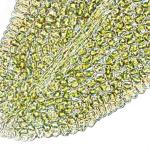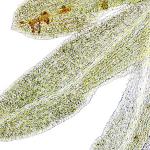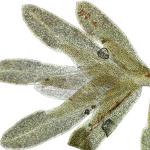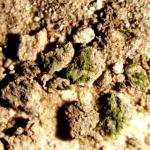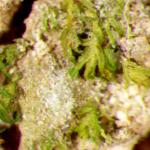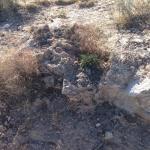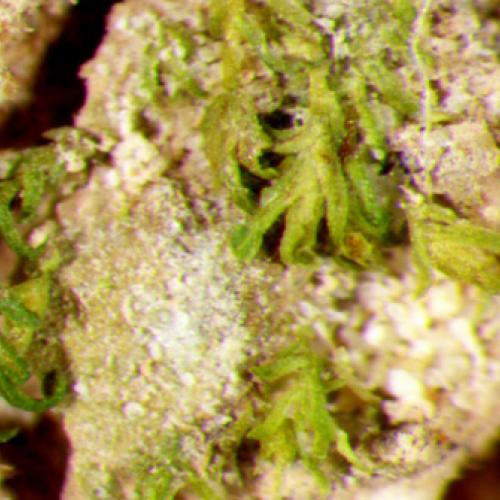Fissidens littlei (Little's fissidens moss)
| USFWS | State of NM | USFS | BLM | Navajo Nation | State Rank | Global Rank | R-E-D Code | NMRPTC Status | Strategy Status |
|---|---|---|---|---|---|---|---|---|---|
| S1 | G1? | 3-3-3 | R | SS |
| Overall Conservation Status | Documented Threats | Actions Needed |
|---|---|---|
| UNDER CONSERVED | Livestock grazing |
Status surveys on abundance, distribution and threats |
Allred, K.W. 1998. Second collection of a little moss, Fissidens littlei (Williams) Grout, rediscovered from a little sinkhole in New Mexico. Evansia 15(4): 148-149.
Little, E.L. Jr. 1937. Bryophytes of the Jornada Experimental Range, New Mexico. The Bryologist 40: 81-83.
*Purcell, R.A. 2007. Fissidens, pp. 331-357. IN: Flora of North America, vol. 27. Oxford Univ. Press.
*Williams, R.S. 1936. Moenkemeyera littlei sp. nov. The Bryologist 39: 40-41.
For distribution maps and more information, visit Natural Heritage New Mexico

